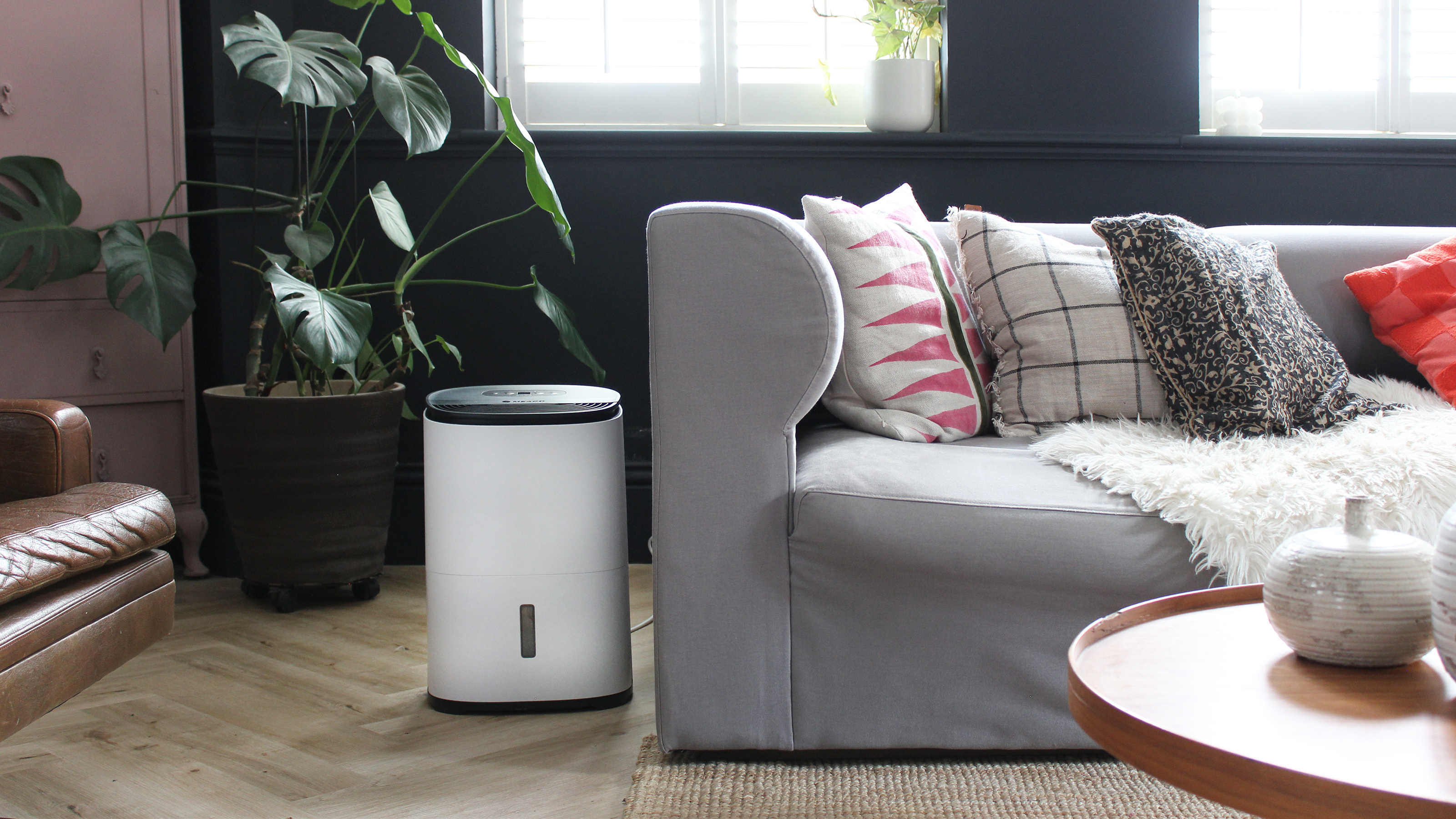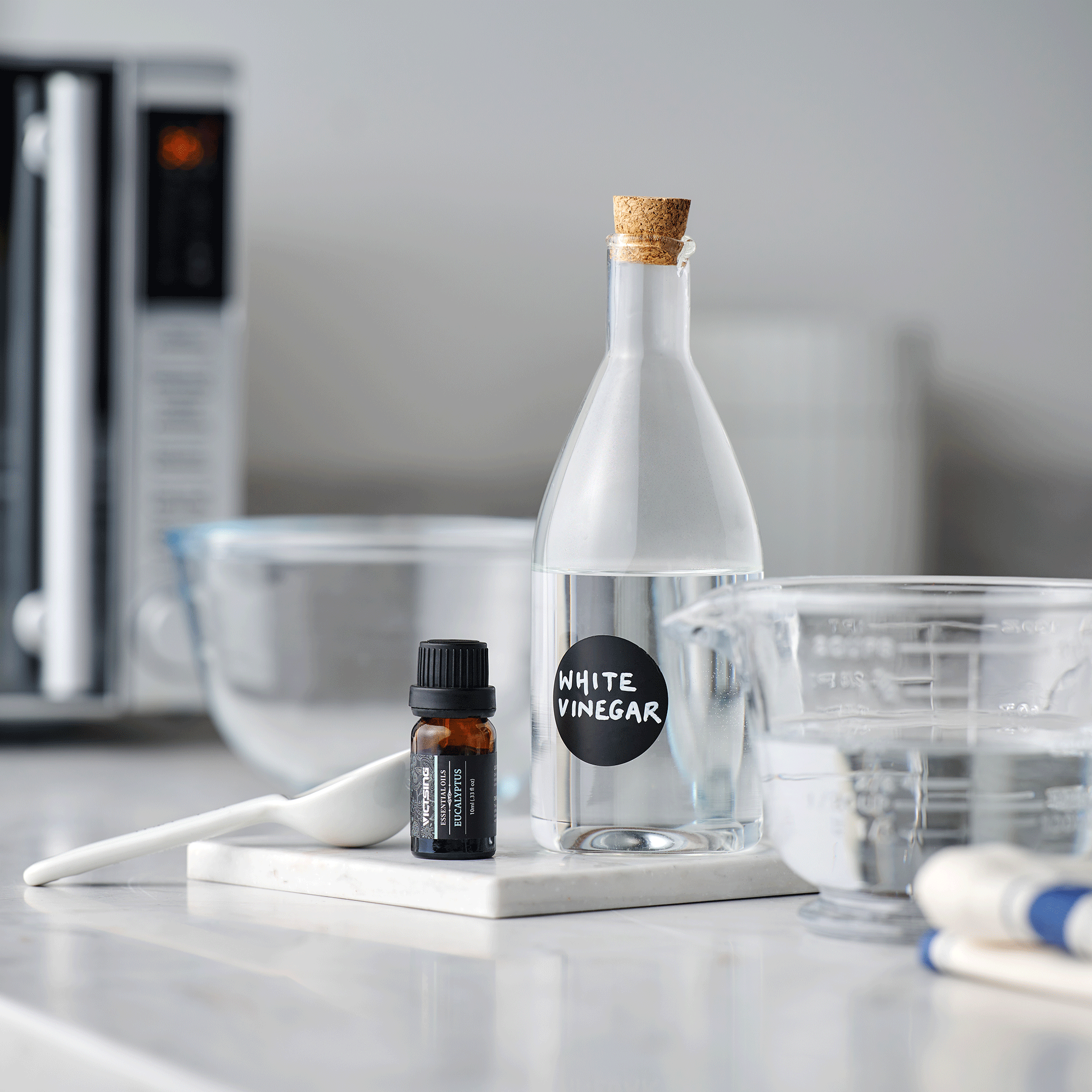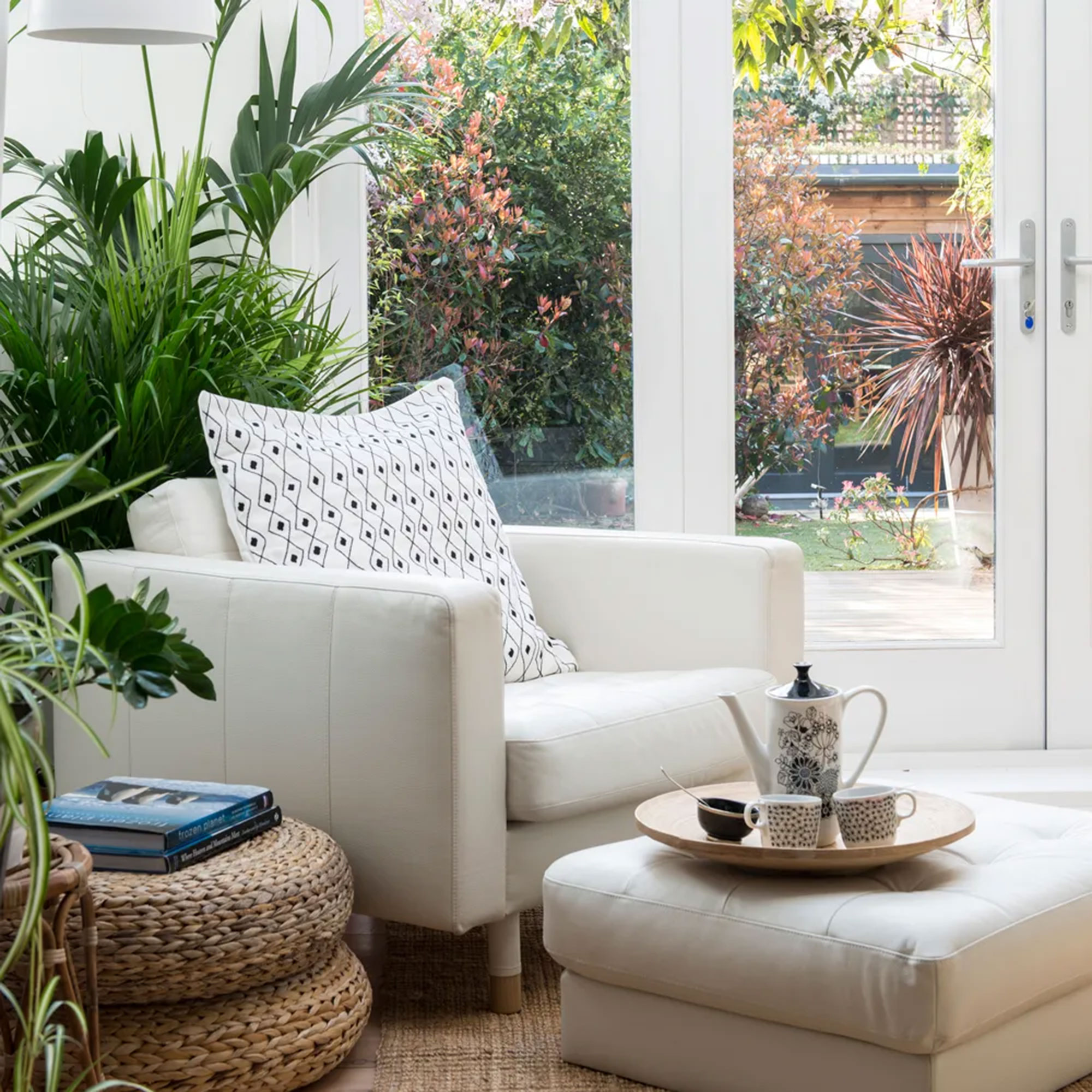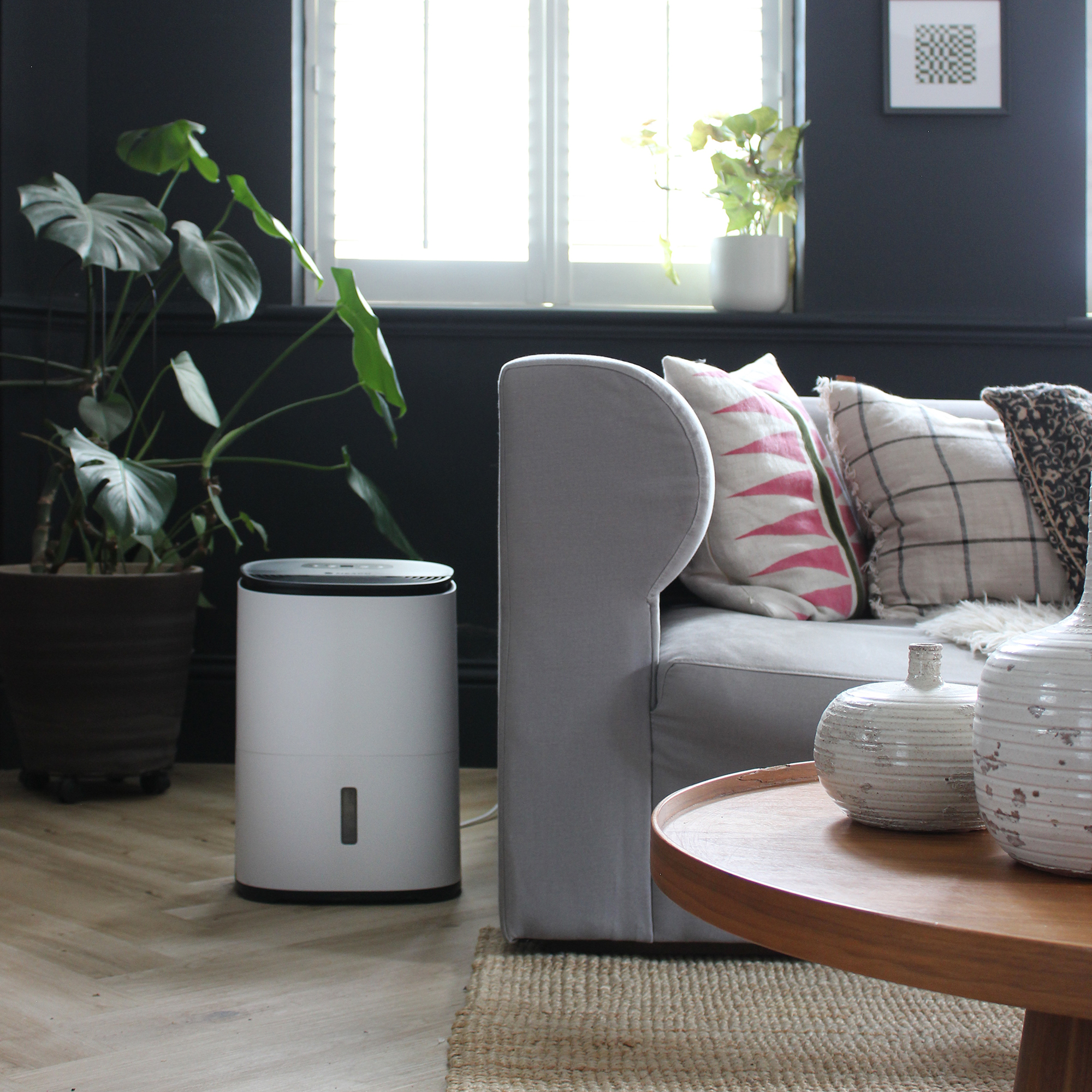How to stop mould from coming back - experts reveal 7 ways to keep your house mould-free
You may have tackled the mould, but have you tackled the source of the mould?


If you thought you had treated the damp problem in your house but have since spotted the tell-tale signs of mould, knowing how to stop mould from coming back should be your top priority to keep your home and your health in order.
Yes, you might feel as though you spend your whole life researching how to get rid of damp and how to get mould off walls. But if your efforts are proving fruitless, there’s a high chance that you’re only treating the mould itself - and not the problem that is causing the mould in the first place.
To help you get a handle on the mould in your home, we asked the experts for their professional tips and tricks on how to stop mould from coming back when you’ve already done everything you can to get rid of mould.
How to stop mould from coming back
It’s very easy to clean mould from your home, but that doesn’t mean that you’ve seen the end of it. Instead, you need to focus your attention on stopping mould from coming back - and here are some steps to do just that.
1. Remove existing mould

‘This may sound like common sense, but mould spreads, and it can spread fast. Using specific mould cleaning products like vinegar or hydrogen peroxide will take away the mould you have and stop the new mould from growing. Just make sure you dry the surface too,’ says Max Royston, Senior Property Valuer at Gaffsy.
However, this shouldn’t be a quick cleaning job you add to your to-do list. Take as much time as you can to remove the existing mould from your house - making sure to move furniture and look in tight corners for any hidden patches.
You should also open your windows while you do this, as cleaning will disrupt the mould spores and potentially spread them around the house. By opening your windows, the spores shouldn't stick around.
Sign up to our newsletter for style inspiration, real homes, project and garden advice and shopping know-how
2. Use mould-resistant products

When you’ve removed the existing mould in your house, you can then put all of your attention into stopping it from coming back. If your walls are a problem area for mould, you can use mould-resistant products to protect them further.
For example, mould-resistant paint like this Ronseal Problem wall White Matt Anti-mould paint from B&Q is moisture and steam-resistant and claims to offer mould protection for at least six years.
It’s important to note that while these mould-resistant products will stop mould from coming back in specific areas of the house, they’re no substitute for dealing with the source of the mould in the first place. We explain more about that below.
3. Fix leaks and tackle draughts
‘Dealing with the source can go a long way to create a mould-free living space,’ explains Sarah Walker, CEO at Lessons In Lettings. And what’s the point in cleaning mould off fabric and your walls for it to come back a few months later?
As mould is caused by excess condensation, large areas of mould are normally the result of leaks or extreme draughts. So, you need to fix the root of the problem before you can really fix your mould problem. To do this, you’ll need to do a thorough check of your house - both inside and out.
Sarah suggests checking your roof and attic, gutters, windows and door seals, exterior walls, your plumbing system, and even for leaks in your appliances. You should be on the lookout for any leaks, cracks, or dampness coming through the walls.
To check for draughts, Dean Taylor, CEO of The Loft Boys, says, ‘One simple trick is to hold a candle around your windowsills and doors.’ If the flame flickers, you’ll need to take action to draught-proof your home.
4. Improve ventilation

Home ventilation is extremely important, and poor ventilation is one of the main causes of mould in the first place. So, if you want to stop mould from coming back, you should try your best to improve ventilation and keep excess moisture and condensation at bay.
‘You should ensure good air circulation in your home, especially in areas like kitchens, bathrooms, and laundry rooms. Use exhaust fans, open windows, and doors to facilitate airflow,’ explains Ava Wilson from Unclutterer.

Ava Wilson, Unclutterer’s Chief Editor with 25 years in cleaning, started with a mop and now leads a team of 20. Merging hands-on experience with management expertise, she transforms cleaning into inspiring lessons. Ava's eco-focused insights make Unclutterer a go-to for sustainable cleaning wisdom.
5. Monitor and maintain humidity levels

‘Mould thrives in moist environments,’ explains Ava, which is why you should always aim to keep your home at the ideal humidity level. This is anywhere between 40% and 60% relative humidity, but this is impacted every time you shower, do the washing up, or put on a load of washing.
Increasing the humidity levels too much can make mould come back, which is why you also need to be careful when drying clothes indoors. However, monitoring and maintaining the humidity levels in your home has never been easier.
The best dehumidifiers on the market today are now so smart they can not only suck the excess moisture from the air, but many also allow you to input your desired humidity. Then, the dehumidifier will ensure it stays at that level the whole time.
6. Utilise houseplants

Did you know that many houseplants have the ability to tackle damp and reduce condensation? That’s exactly what you want to be doing if you want to stop mould from coming back, which is why it will definitely work in your favour to add some houseplants to your home.
Of course, it’s important to choose the correct plants if you want to see them work their magic. John Cutts, glass expert at MeandMyGlass.co.uk says, ‘It’s always worth getting houseplants like spider plants and orchids which are known to help reduce moisture in the air to make condensation more manageable. For the best results, have them placed on the windowsill.’
7. Clean, clean, clean!
You should already have a cleaning schedule for your home, but if you find that mould keeps coming back, you might want to step things up a notch. Max says, ‘Keeping your home clean helps reduce the build-up of organic materials that mould feeds on.’
Working through a cleaning checklist isn’t just about using cleaning products and dusting, though. You should also look at how much ‘stuff’ you have in your house, as clutter is a surefire way to welcome mould back into your house.
‘Clutter and disorganisation can contribute to mould growth by creating hidden pockets of moisture and darkness,’ explains Sarah. ‘When we tidy up, we're not just making things look neat; we're also eliminating potential hiding spots for mould. Plus, it makes it easier to spot and address any moisture issues promptly. A well-organised space also promotes better air circulation, making it harder for mould to settle in.’
FAQs
How do you get rid of mould and stop it returning?
The key to getting rid of mould and stopping it from returning is to keep moisture to a minimum. This can be solved by fixing any leaks, improving insulation and draughts, improving air ventilation, and using a dehumidifier to keep your house at a constant humidity level.
While there’s no one-size-fits-all way to stop mould from coming back, doing all of these things should certainly help your case.
What gets rid of mould permanently?
Ultimately, you need to understand what’s causing the mould in the first place, as only then can you focus on getting rid of it permanently. The best way to do this is to inspect every inch of your home - both inside and outside. Normally, mould is caused by leaks or damage to a property, so it’s best to keep an eye on blocked gutters, cracked render, broken roof tiles, or leaking pipes.
Getting this problem fixed should stop excess moisture from entering the property, but it’s still a good idea to put other practices into action. You should keep your house at the ideal humidity, regularly open your windows and use extractor fans, clean your house and then keep it clutter-free.
If mould is constantly returning to your home, give these tricks a try.

Lauren Bradbury has been the Content Editor for the House Manual section since January 2025 but worked with the team as a freelancer for a year and a half before that. She graduated with a Bachelor’s degree in English and Creative Writing from the University of Chichester in 2016. Then, she dipped her toe into the world of content writing, primarily focusing on home content. After years of agency work, she decided to take the plunge and become a full-time freelancer for online publications, including Real Homes and Ideal Home, before taking on this permanent role. Now, she spends her days searching for the best decluttering and cleaning hacks and creating handy how-to guides for homeowners and renters alike, as well as testing vacuums as part of her role as the Ideal Home Certified Expert in Training on Vacuums, having spent over 110 hours testing different vacuum models to date!